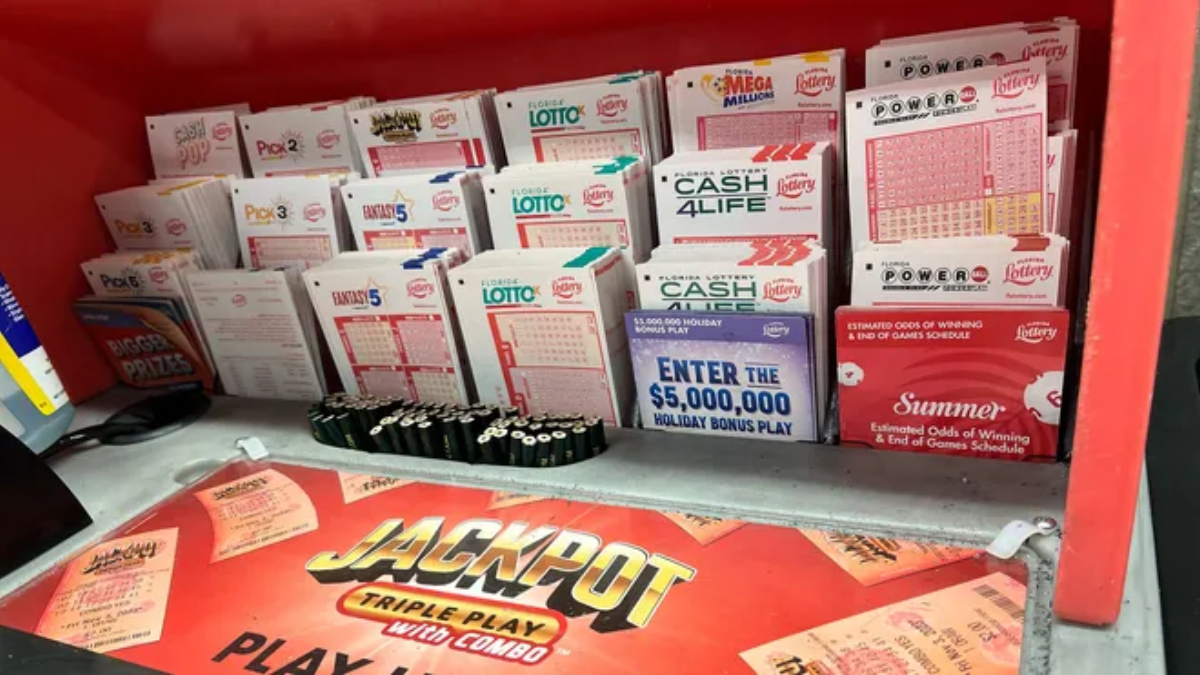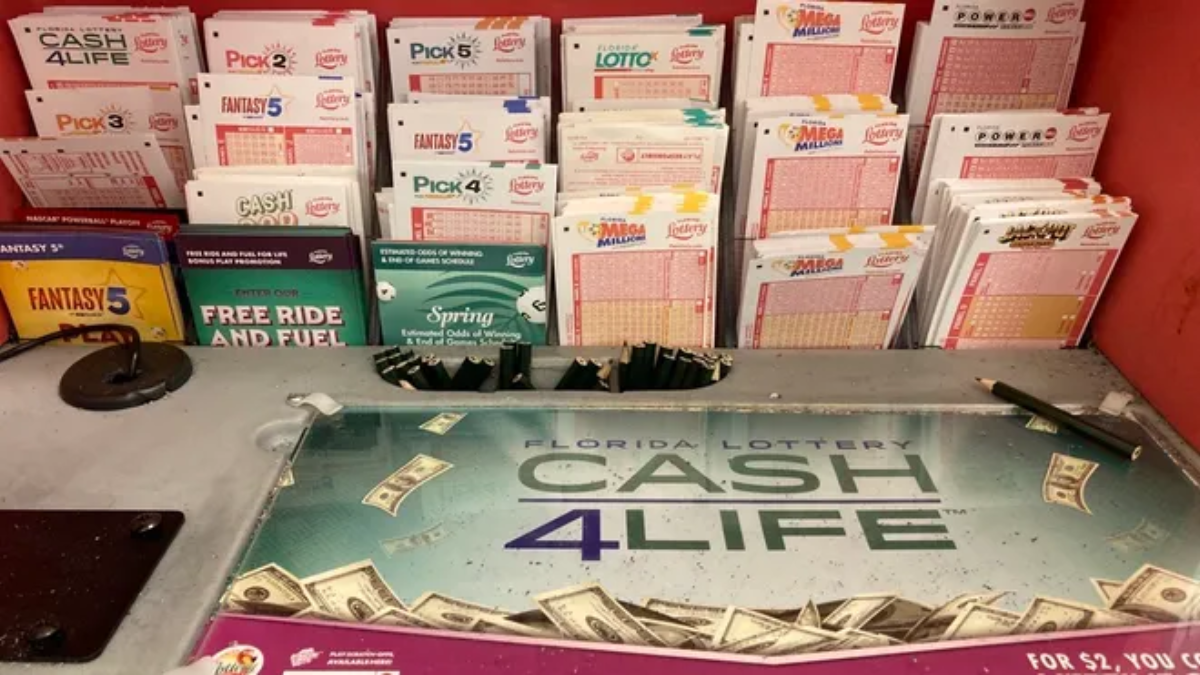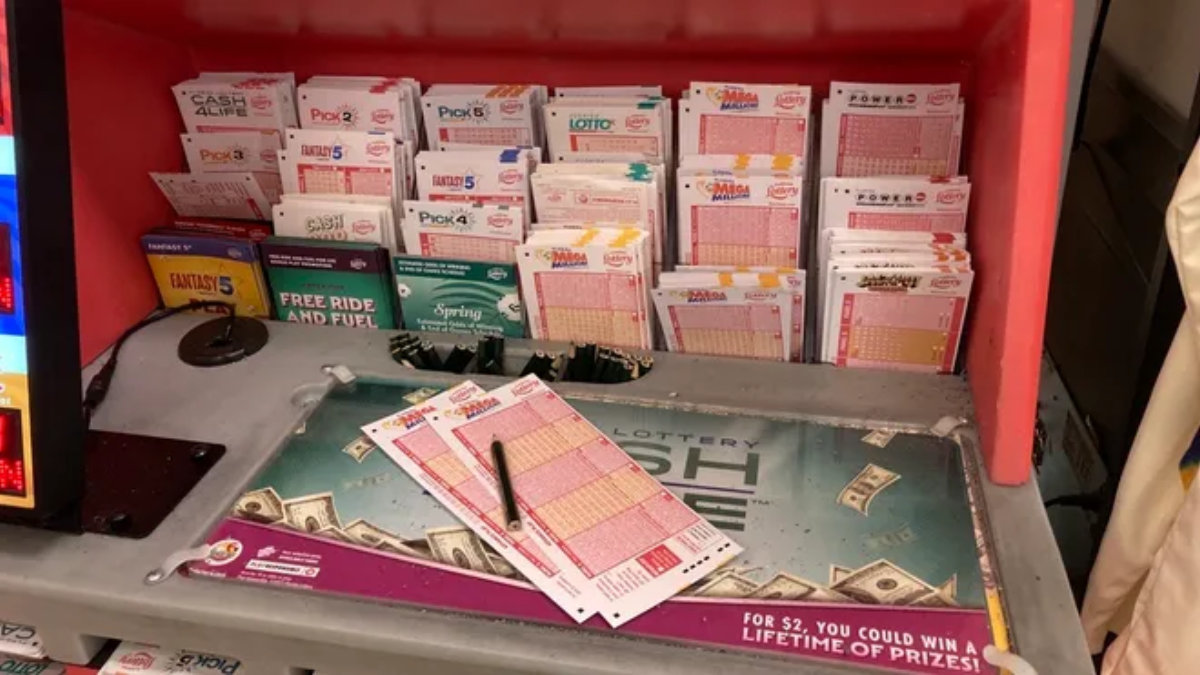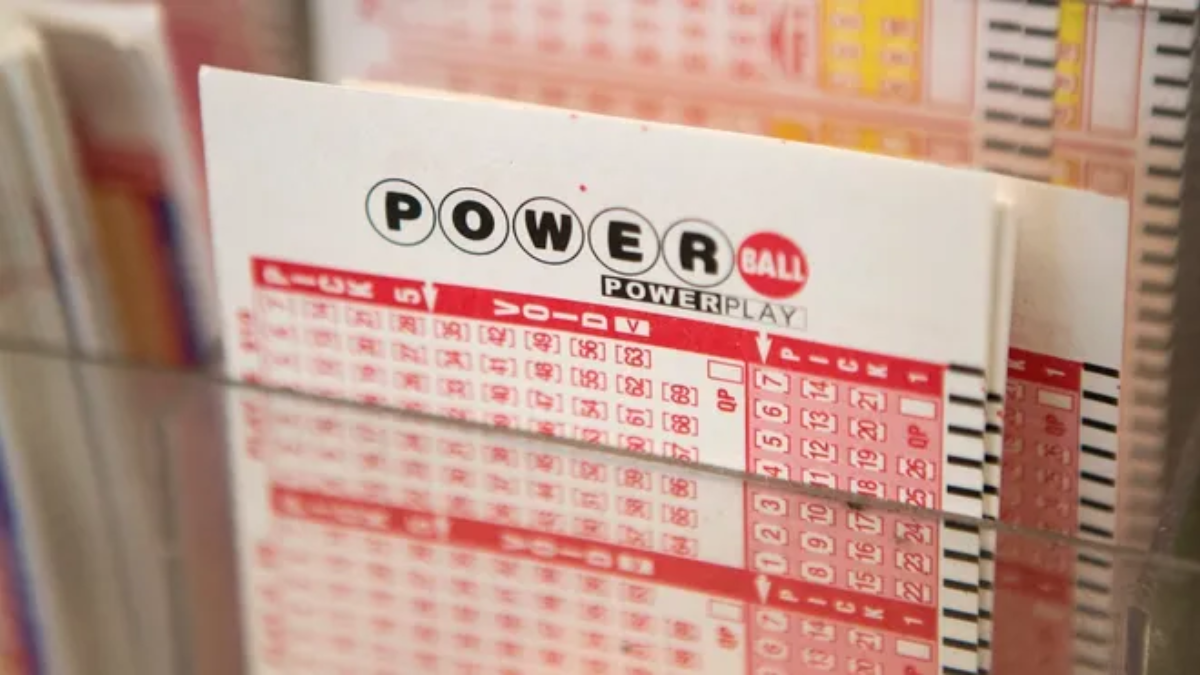A vital tool for monitoring river levels and flood risks has been restored at Harpers Ferry, West Virginia. The National Oceanic and Atmospheric Administration’s (NOAA) National Weather Service, in partnership with the National Park Service (NPS) and the U.S. Geological Survey (USGS), has installed a new stage-only stream gauge on the Potomac River. This restoration ensures that one of the longest-standing records of river level data—dating back to the late 1800s—continues uninterrupted.
Why is This Gauge Important?
The Potomac River at Harpers Ferry has a long history of flooding. The data collected from this gauge is critical for tracking water levels, predicting flood risks, and issuing timely warnings to protect lives and property. Unfortunately, the previous gauge was destroyed in December 2019 when a train derailment occurred in the area. Now, with its replacement in place, communities along the river can once again rely on real-time water level monitoring.
“This partnership between the National Weather Service, National Park Service, and U.S. Geological Survey ensures that this nearly 150-year record of Potomac River flooding will continue into the future,” said James E. Lee, meteorologist-in-charge at NOAA’s Baltimore/Washington forecast office.

How Does the Stream Gauge Work?
A “stage-only” gauge measures the water level above a set reference point, commonly known as a “stage.” Unlike other stream gauges that also measure flow rates, this gauge focuses solely on monitoring water levels, which is essential for flood forecasting. The data collected is crucial for forecasters to monitor river conditions, issue flood watches and warnings, and help shoreline communities prepare in advance.
“The information from this new gauge is critical to give shoreline communities along the upper Potomac River the time they need to prepare and keep people safe,” Lee added. “It also helps track Potomac River water flow that ultimately impacts Washington, D.C., as it moves downstream.”
Flood Stage Levels at Harpers Ferry
The newly installed gauge maintains the same flood level categories as before:
- Major flood stage: 24 feet
- Moderate flood stage: 21.5 feet
- Minor flood stage: 18 feet
These levels serve as key benchmarks for determining when communities should take action to protect homes, businesses, and infrastructure.
Looking Ahead
The restoration of this gauge marks a significant step in continued flood preparedness along the Potomac River. With a history spanning nearly 150 years, the data it collects will remain essential for emergency responders, weather forecasters, and residents who rely on accurate river monitoring.
FAQs
1. What is a stage-only stream gauge?
A stage-only stream gauge measures the height of the river above a reference elevation, providing crucial data for monitoring water levels and predicting potential flooding.
2. Why was the Harpers Ferry gauge removed?
The previous gauge was destroyed during a train derailment in December 2019. The new gauge restores continuous water level monitoring for the region.
3. How does this gauge help in flood prevention?
By providing real-time water level data, the gauge enables forecasters to issue flood warnings, giving communities time to prepare and take necessary precautions.
4. Will the flood stage levels change with the new gauge?
No, the flood stage levels remain the same: minor flood stage at 18 feet, moderate at 21.5 feet, and major at 24 feet.
5. Who benefits from this gauge?
Residents, businesses, emergency responders, and weather forecasters all benefit from the real-time data, which helps with flood preparedness and water management.














